India is the most populous country in the world with a population of more than 145 crore, which is 17.78% of the world population. Population density of India is 492 per square kilometres with 37.1% of the population residing in urban areas. India is also home to the largest population of youngsters in the world, with a median age of 28.8 years. As per forecasts, Indian population is likely to cross 150 crore by the year 2030. Average life expectancy in India is 72.24 years while infant mortality rate is 22.6 deaths per 1000 live births. Predictably, India has some of the most populated cities in the world. Let’s have a look at top 10 most populated cities in India for the year 2025.
1 Mumbai
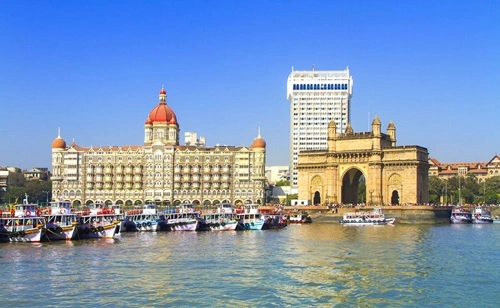
Financial capital of Mumbai is the most populated city in India, with an estimated population of over 1.8 crore in the year 2025. Sex ratio of Mumbai city is 853 females per 1000 males while child sex ratio stands at 913 girl children per 1000 boys. Average literacy rate of the city is 89.73% with male and female literary rates at 92.56% and 86.39% respectively. Mumbai also has a huge slum population which makes up around 41% of the city’s population.
Hinduism is the major religion in Mumbai with about 66% of the population following this religion. Islam is the second most dominant religious group with around 20.65% of the population following it.
2. Delhi
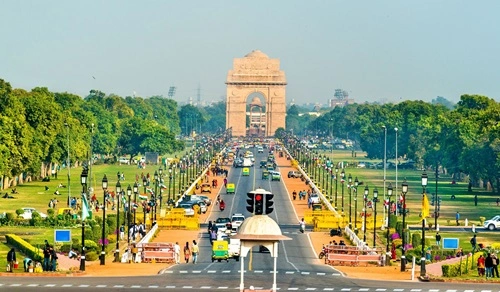
National Capital of Delhi is the second most populated city in India, with an estimated population of over 1.6 crore in the year 2025. A comparison of the census data of 2001 and 2011 shows that population of the city increased by 21.21% in the 2001-2011 decade. Sex ratio of Delhi is 868 females per 1000 males. Literacy rate in Delhi is 86.21% with male and female literary rates at 90.94% and 80.76% respectively.
97.50% of the population of Delhi lives in urban areas. Major religion in Delhi is Hinduism, with about 81.61% adherents. Islam is the second largest religious group, with around 12.86% adherents.
3. Bengaluru

Bengaluru, the IT hub of India and the capital of the state of Karnataka, has an estimated population of over 1.2 crore in the year 2025. Sex ratio of Bengaluru city is 923 females per 1000 males. Average literacy rate of the city is 88.71% with male and female literary rates at 91.71% and 85.44% respectively.
8.39% of the population lives in slums and satellite areas of Bengaluru city. Major religion in Bengaluru is Hinduism with 78.87% adherents, followed by Islam with 13.90% adherents.
4. Hyderabad
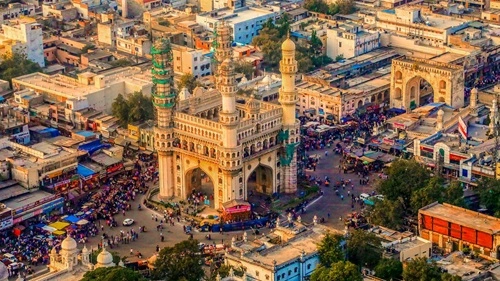
Hyderabad, the capital city of the state of Telangana, has an estimated population of over 98 lakhs in the year 2025. Sex ratio of Hyderabad city is 955 females per 1000 males. Average literacy rate of the city is 83.26% with male and female literacy rates at 87.31% and 79.04% respectively.
32.70% of the population of Hyderabad lives in slums and the city’s outgrowths or satellite areas. Hinduism is the major religion in Hyderabad with 64.93% followers. Islam is the second most dominant religion with 30.13% adherents.
5. Ahmedabad

Ahmedabad, a major city of the state of Gujarat, has an estimated population of over 80 lakhs in the year 2025. The sex ratio in Ahmedabad city is 898 females per 1000 males. Average literacy rate of the city is 88.29% with male and female literacy rates at 92.30% and 83.85% respectively.
Slum population makes up around 4.49% of the total population of Ahmedabad city. Major religion in Ahmedabad is Hinduism with 81.56% adherents, followed by Islam with 13.51% adherents.
6. Chennai
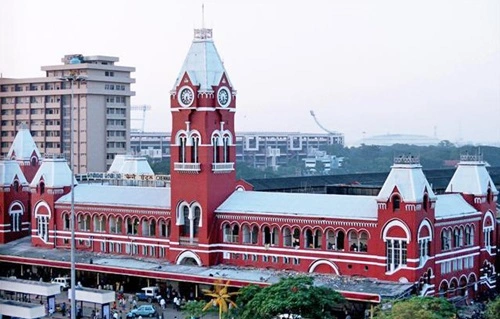
Chennai, the capital city of the state of Tamil Nadu, has an estimated population of over 67 lakhs in the year 2025. The sex ratio in Chennai city stands at 989 females per 1000 males. Male and female literacy rates are 93.70% and 86.64% respectively with average literacy rate of the city standing at 90.18%.
Chennai’s slum population accounts for about 28.89% of its total population. Hinduism is the major religion in Chennai with 80.73% adherents, followed by Islam with 9.45% adherents.
7. Kolkata
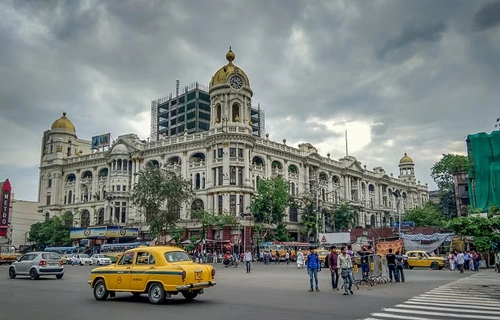
Kolkata, the erstwhile colonial capital of British India and the current capital of West Bengal, has an estimated population of over 65 lakhs in the year 2025. Sex ratio of Kolkata city stands at 908 females per 1000 males. Average literacy rate of the city is 86.31% with male and female literacy rates of 88.34% and 84.06% respectively.
31.35% of the total population of Kolkata city resides in slums. Majority religion in Kolkata city is Hinduism with 76.51% followers. Islam is the second largest religious group with 20.60% followers.
8. Surat
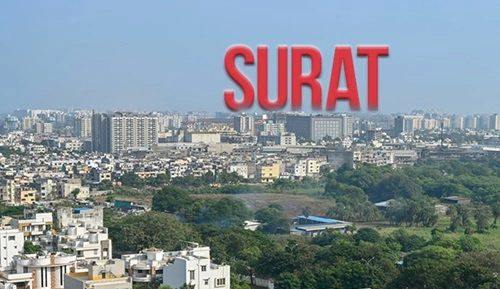
Surat, a major industrial and commercial city in the state of Gujarat, features in the list of most populated cities with an estimated population of around 65 lakhs in the year 2025. The sex ratio in Surat city stands at 756 females per 1000 males. Average literacy of the city is 87.89% with male and female literacy rates standing at 91.22% and 83.44% respectively.
Slum population accounts for 10.46% of the total population of Surat city. Major religion in Surat is Hinduism with 85.31% adherents, followed by Islam with 11.63% adherents.
9. Pune
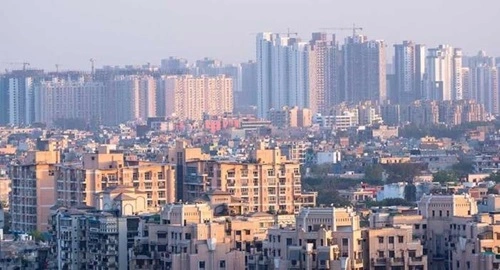
Pune, an educational and industrial hub in the state of Maharashtra, has an estimated population of over 45 lakhs in the year 2025. Sex ratio of the city is 948 females per 1000 males. Average literacy rate of the city is 89.56% with male and female literacy rates at 92.31% and 86.67% respectively.
Pune’s slum population makes up 22.10% of its total population. Main religious groups are Hindus and Muslims with 79.43% and 11.03% share respectively in the population.
10. Jaipur
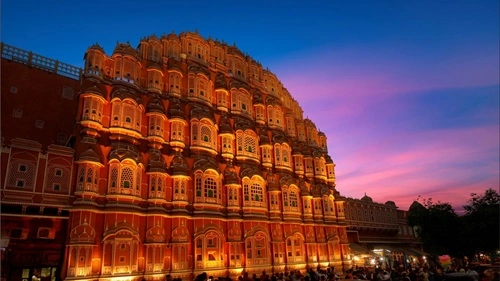
Pink city of Jaipur in the state of Rajasthan has an estimated population of over 44 lakhs in the year 2025. Sex ratio of the city is 900 females per 1000 males. The city has an average literacy rate of 83.33% with male and female literacy rates at 76.85% and 89.38% respectively.
10.62% of the population of Jaipur resides in slums. Hinduism is the biggest religious group with 77.91% adherents, followed by Islam with 18.63% share in the population.
Conclusion
India conducted its population census in year 2011. Census scheduled for 2021 was postponed due to Covid-19 pandemic. The population estimates for 2025 are based on 2011 census data and past growth rates of the respective cities.
I’m Hina Khan, working as a writer at Worldblaze.in blog. I love dancing and listening punjabi music. Here I’m sharing all the interesting stuffs that will definitely entertain you.





